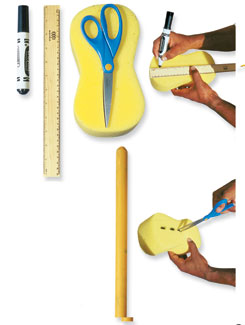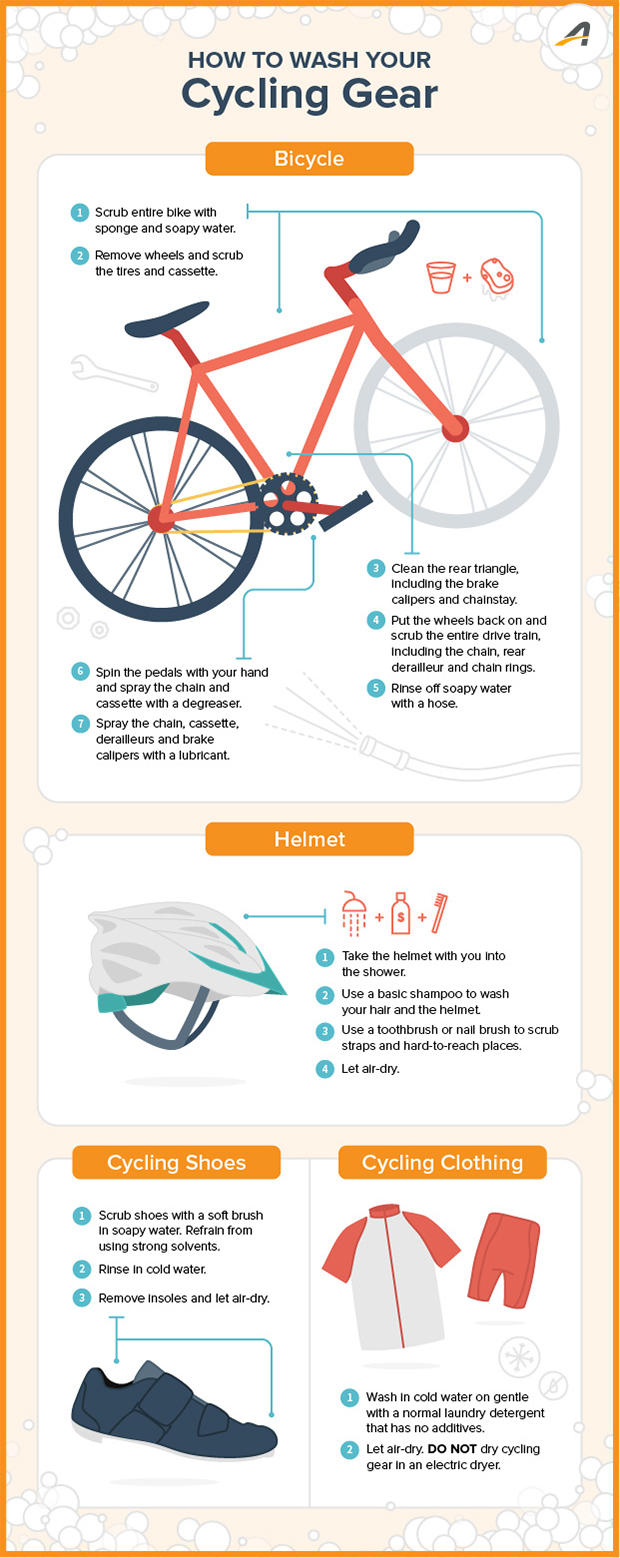Atomic boots
Question
Hello,
I am a recreational adult skier and am trying to improve my technique. This year I decided first to rent some equipment for the season while I research before buying. I came across a pair of new boots in a store in Montreal. The model is Atomic B7. They fit very well and seem to be of good quality. I cannot however find this model on the website of the company. I don't know if they discontinued it. Do you know anything about this model and whether they would be good for somebody on an intermediate level?
Thanks,
Marcelo
Answer
This boot is a predecessor in design to this year's Atomic B70. It is a 2006 boot. The specs are: Flex 7; 4 Micro Alu buckles; Forward lean adjuster;Custom Sport liner; Iso. Zorb hinge dampening; 35 mm textile strap; Recco rescue device; Thermic prepared; Offset shell. To see the information associated with most of these specs visit Atomic's website.
The answer to your second question is a one of a possible 3."Maybe", "Could Be", "Should be".
Now some more specific advice. What makes a boot good for an intermediate? If what you mean is will this allow me to ski comfortably and yet at the same time also to improve my skiing progressively that depends on 4 things:
1)your size (weight and height) and body shape
2)your athletic ability (strength, flexibility, ability to balance)
3) the kind of skiing you want to do or technique that you use and where you are going to do it (terrain and snow type).
The single most common error in boot selection that most intermediate skiers are forced into by the market designs and retailer pressure (or lack of actual on snow observation)is the assumption that a more expensive (assumed to be better performing) boot with more technical features will ski better. It may fit better, it may feel better but skiing really well is a matter of being able to do a number of relatively complicated movements and adjustments on the fly while encased in plastic. In short the CSCF has identified the following characteristics of great skiers:
1) Use of the pole (e.g. timing from a pole plant)
2) Upper and lower body separation (e.g. the aspect of counter rotation or resistance in the core to effect acceleration from the skis)
3) Carving on the outside ski (e.g. the use of momentum, angulation, inclination and effectively timed pressure to effect change of direction and decrease, maintain or increase speed)
4) Natural balance (rather than saying "centred" as effective balance is a product of the morphology and biomechanics of the skier and the capabilities and design of the equipment and is not static but needs to be adaptive)
5) Use of all joints
The later 2 are tremendously impacted by the boots. If you picture this analogy a skier is like a formula 1 race car with the driver . If the skiers are the tires the boots are your suspension. The best driver in the world can't overcome the components of their auto.
In a nutshell intermediates are often placed into boots that do not allow them to balance naturally and use all the joints effectively (in particular the ankle flexion necessary to stay in balance on the front of the ski and the whole ski at fairly critical parts of the turn shape.
The good news is sometimes that if you buy a boot that is not the right flex (very common problem) it can sometimes be modified (grinding and cutting in the shell) but this usually consists of some additional cost to the consumer. The other issues of alignment and support that can be dealt with through adjusting the features available on the boot, adding footbeds that allow for skeletal support, additional items like Booster Straps to smooth out the flex of the cuff, and even progressing to canting or sole grinding to adjust alignment are all extras for the most part in today's bootfitting world. The important thing is to start with the right flex, fit and boot design to be worth doing this. Sorry I can't go into more detail. For more information you can visit the website http://www.manitobamastersskiclub.com/ and look under the link "Coaches Corner/ Bootfitting Basics.
There are ways to test the flex in the store but remember that the outside environment usually has the ability to stiffen the shell significantly (past the point of being able to bend the ankle enough to stay in balance. Next time you go skiing and ride up a chairlift watch the skiers coming down and guess whether form their body posture they are gripping the snow with the whole ski, starting the turn with pressure at the tip or simply riding the tails. As a long time coach and instructor it pains me to admit that we have spent decades trying to get skiers to bend and balance at the ankle through technical talk but missed the most basic and now most obvious question about performance: Does the equipment you are in allow you to accomplish the goal or task at hand. In most cases the answer is a resounding no!
Good luck and if I can be of any other service please let me know.
ski waxing
Head Big Easy


